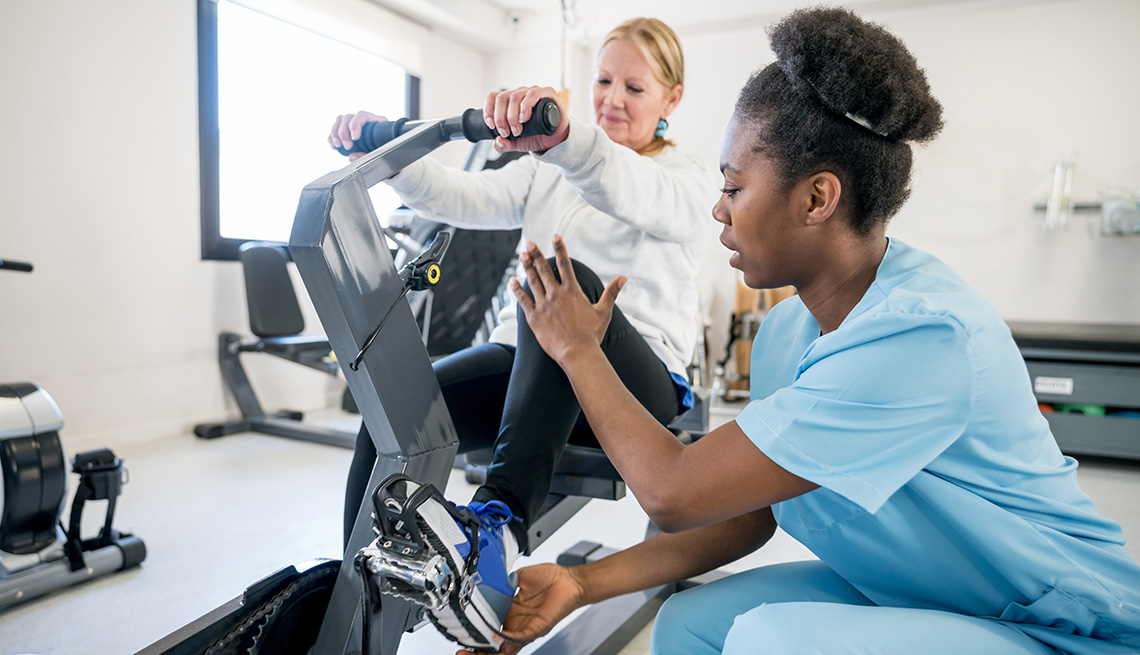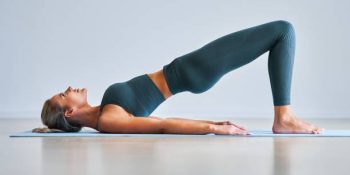
Why you should exercise after a stroke!
October 16, 2019
Stroke is caused by a blood clot in the brain, which can cause long-term damage and is the third most common cause of death in Australia. Stroke affects everybody differently and can cause weakness or paralysis on one side of the body, increased fatigue, poor coordination and balance, difficulty speaking, reduced attention, memory and concentration as well as psychological problems.
How can exercise help?
When recovering from a stroke it is important to begin as soon as possible with the
greatest amount of recovery occurring in the first three months. Research shows that neuroplasticity training, resistance training and cardiovascular exercise can improve gait, mobility, balance, cognition, and strength. 1 2 It is important to have trained therapists and exercise physiologists to assist you with your recovery, to determine the right exercise for you and ensure you are maximising your recovery.
Exercise also plays an important role in reducing the risk of having a stroke, or having another stroke by reducing many risk factors associated with stroke such as blood pressure, obesity, diabetes, cholesterol and physical inactivity. 3 4 Therefore exercise can assist with your recovery post-stroke and reduce the risk of having another stroke.
Stroke Sign and Symptoms
Some signs and symptoms of having a stroke include weakness in the arms, face or legs, difficulty speaking, loss of vision, sudden loss of balance and difficulty swallowing. The best way to remember the signs of a stroke is by remembering FAST:
● Face: drooping of the face or mouth
● Arms: Can they lift both arm up?
● Speech: Can you understand them or is your speech slurred
● Time: is crucial. Call 000 immediately.
Written by
Rebecca Badman
Accredited Exercise Physiologist
References
1. Saunders DH, Sanderson M, Brazzelli M, Greig CA & Mead GE 2013, ‘Physical fitness training for stroke patients’, Cochrane Database Syst Rev, vol. 10, no. 1, pp. 26-31.
2. Harris JE & Eng JJ 2010, ‘Strength training improves upper-limb function in individuals with stroke: a meta-analysis,’ Stroke, vol. 41, no. 1, pp. 136–140
3. Pearson TA , Blair SN & Daniels SR 2002, ‘AHA Guidelines for Primary Prevention of Cardiovascular Disease and Stroke: 2002 Update: Consensus Panel Guide to Comprehensive Risk Reduction for Adult Patients Without Coronary or Other Atherosclerotic Vascular Diseases, American Heart Association Science Advisory and Coordinating Committee,’ Circulation, vol. 106,
no.1, pp.388–391
4. Lee CD , Folsom AR & Blair SN 2003, ‘Physical activity and stroke risk: a meta-analysis,’ Stroke,
vol.34, no. 10, pp. 2475-2481.
Other News
Why Runners should do Pilates
Why runners should do Pilates? Simple, it will make you a better run...
June 23, 2023
Managing POTS through exercise
Struggling with exercise since being diagnosed with POTS? This one’s for ...
April 24, 2023
Exercise in Stroke Rehabilitation!
Strokes occur when blood supply to your brain is stopped. This can be tempo...
March 10, 2023







